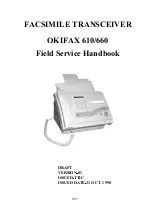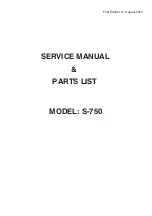
14
TN-1341 INSTRUCTION MANUAL
THE NEEDLE
Industrial sewing machine needles are made up of several parts of the needle and knowledge of
these key areas is helpful when you wish to produce a top-quality finished product.
•
Scarf – This could be considered one of the most important parts of the needle. This is the
indent that allows the hook to pick up the thread off the needle and form the stitch
•
Groove – The groove is the path that the thread will lay in as the stitch is formed. Without
this, the formation of the stitch is compromised
•
Blade – This is the part of the needle where the size is measured from.
On every needle
there are (2) numbers that determine the size of that needle. The first number is a metric
number and the second is imperial. (Example: 110/18 means that it is 1.10 mm is diameter
at the blade of the needle)
•
Point – The point is the first part that enters the material and can be a regular tip, a cutting
tip (for leathers), or a specialty tip (IE. Ball point)
•
Eye – The eye is what transports the thread down into the machine. This is where the most
significant wear happens.
•
Butt- The butt is the part of the needle that pushes up into the machine and must be fully
engaged into the needle clamp of the machine.
•
NOTE: Change your needles often. Manufacturers of needles rate the lifespan of a sewing
machine between 6~8 hours of use. Anything longer and the needle starts to significantly
deteriorate and can cause serious issues with your machine and project. Not only that,
but damage to your machine can be particularly bothersome considering the replacement
price of the needles far outweighs the replacement parts on you machine and/or service
related to this.
Figure 10















































